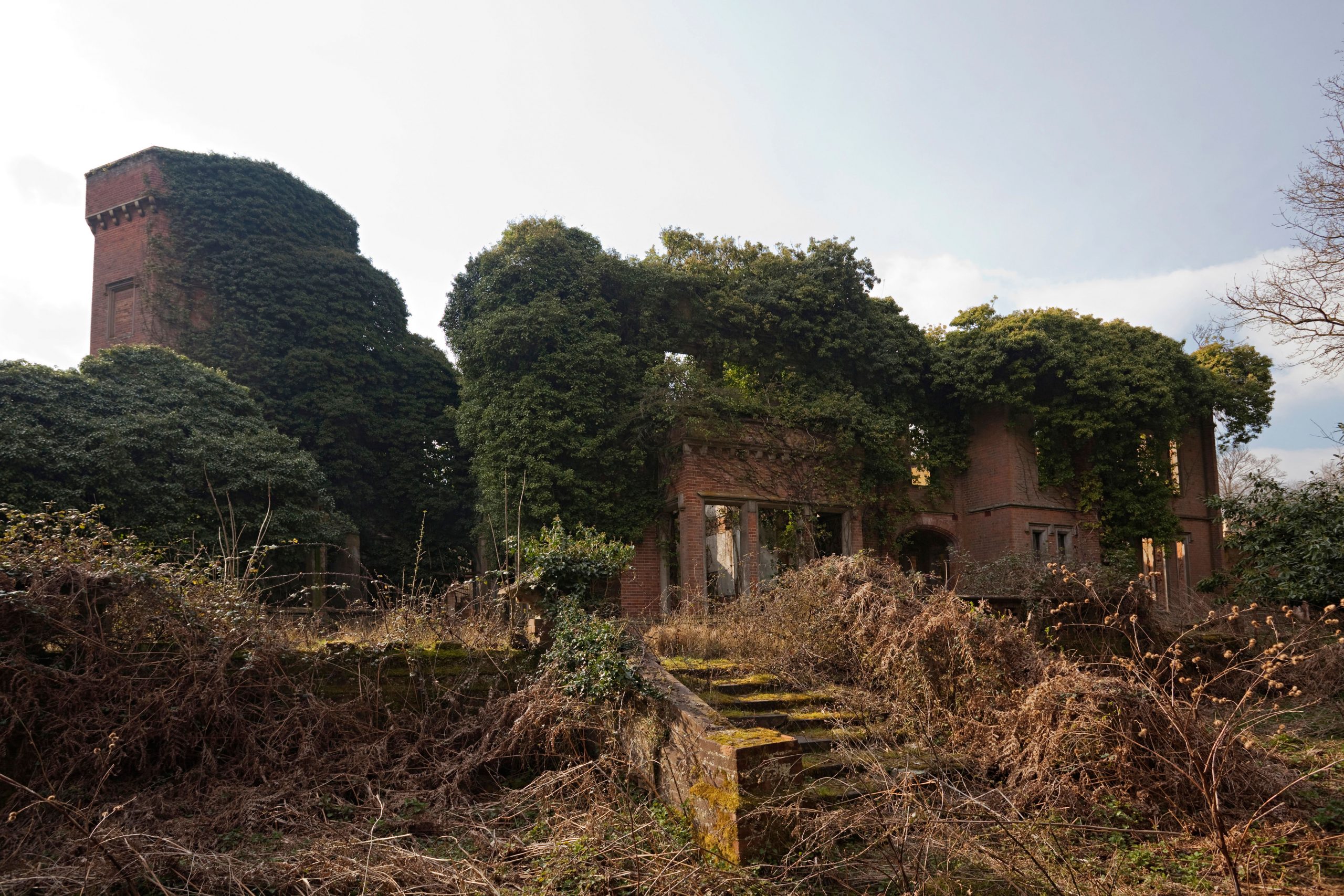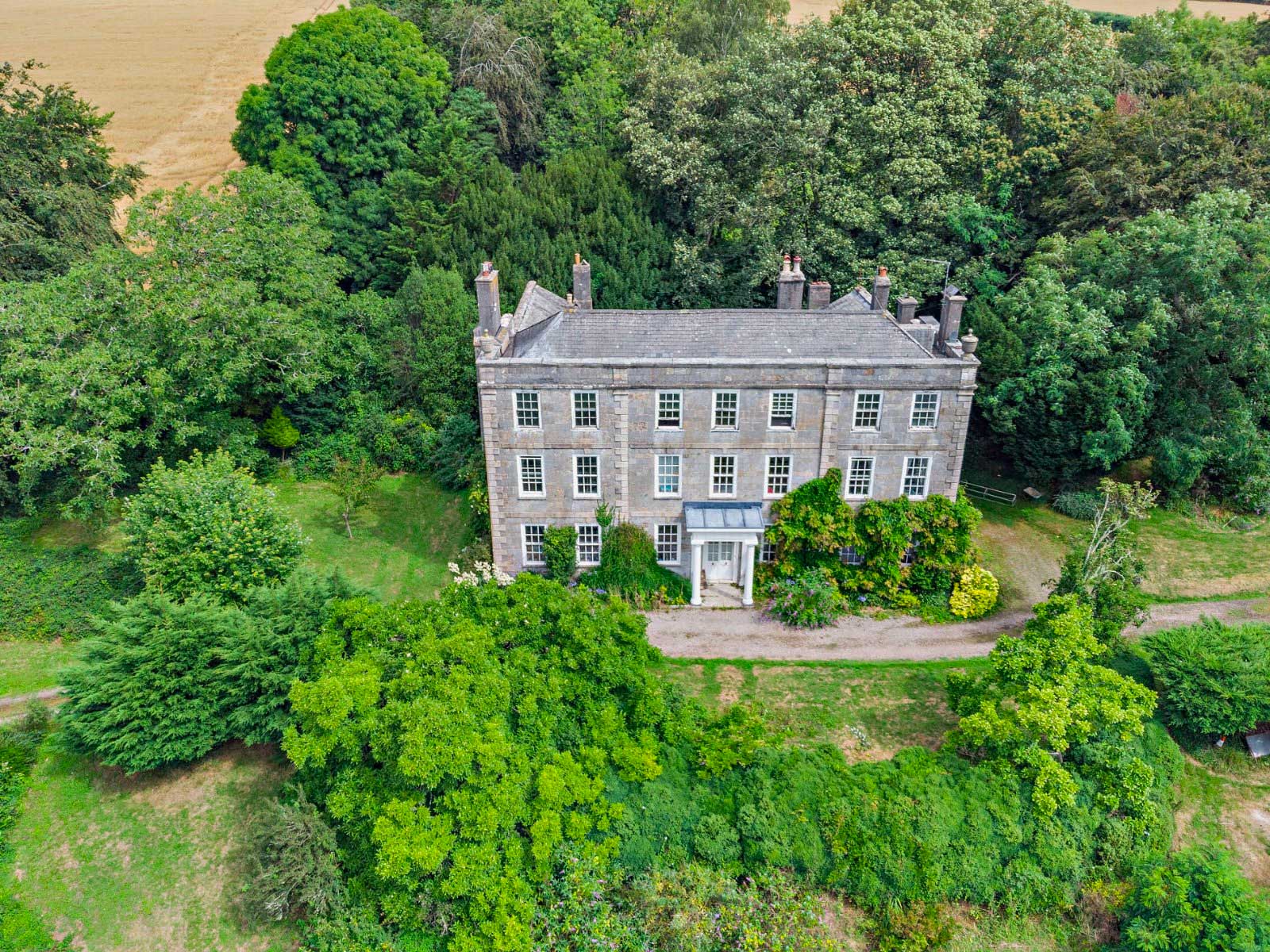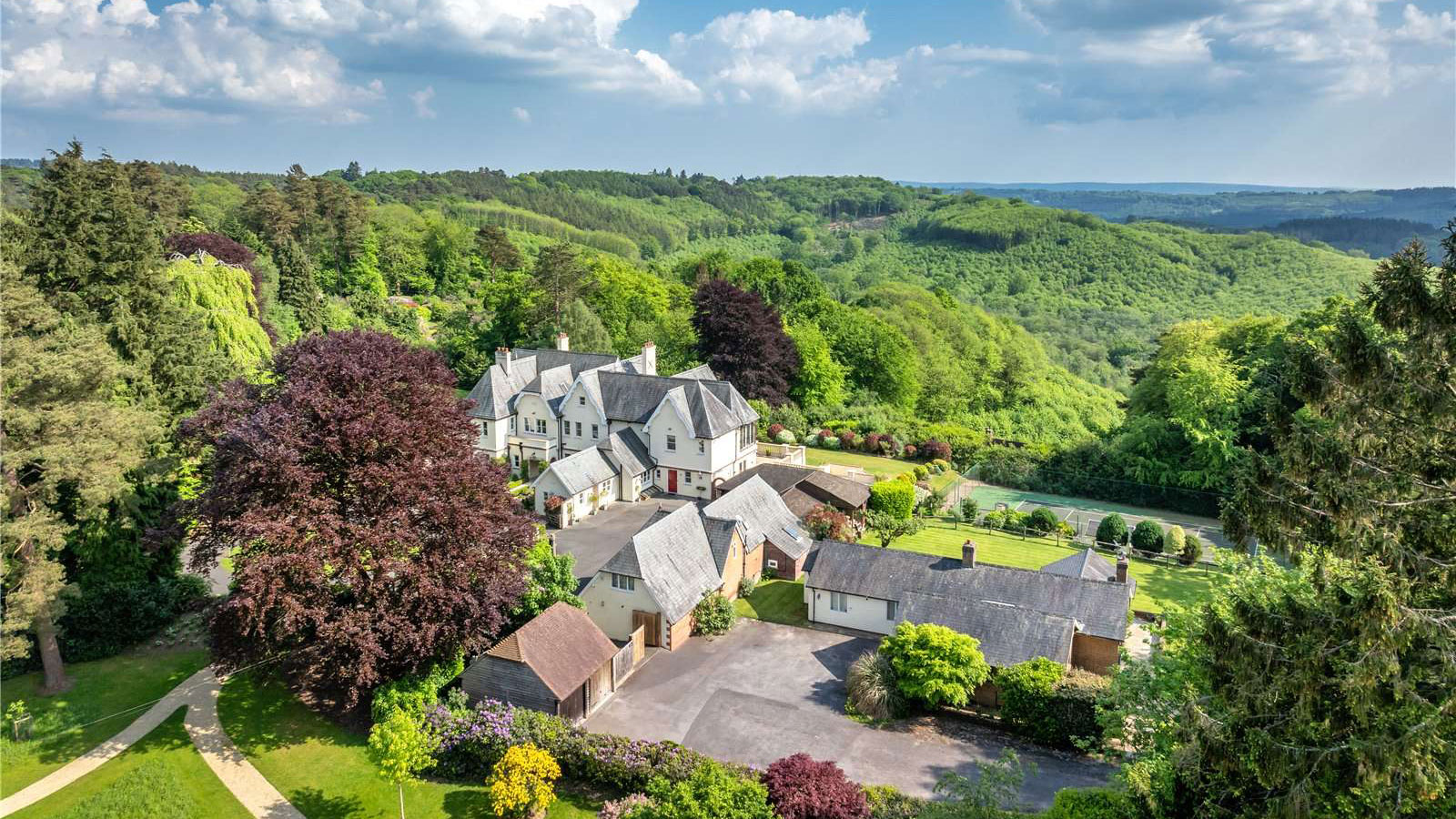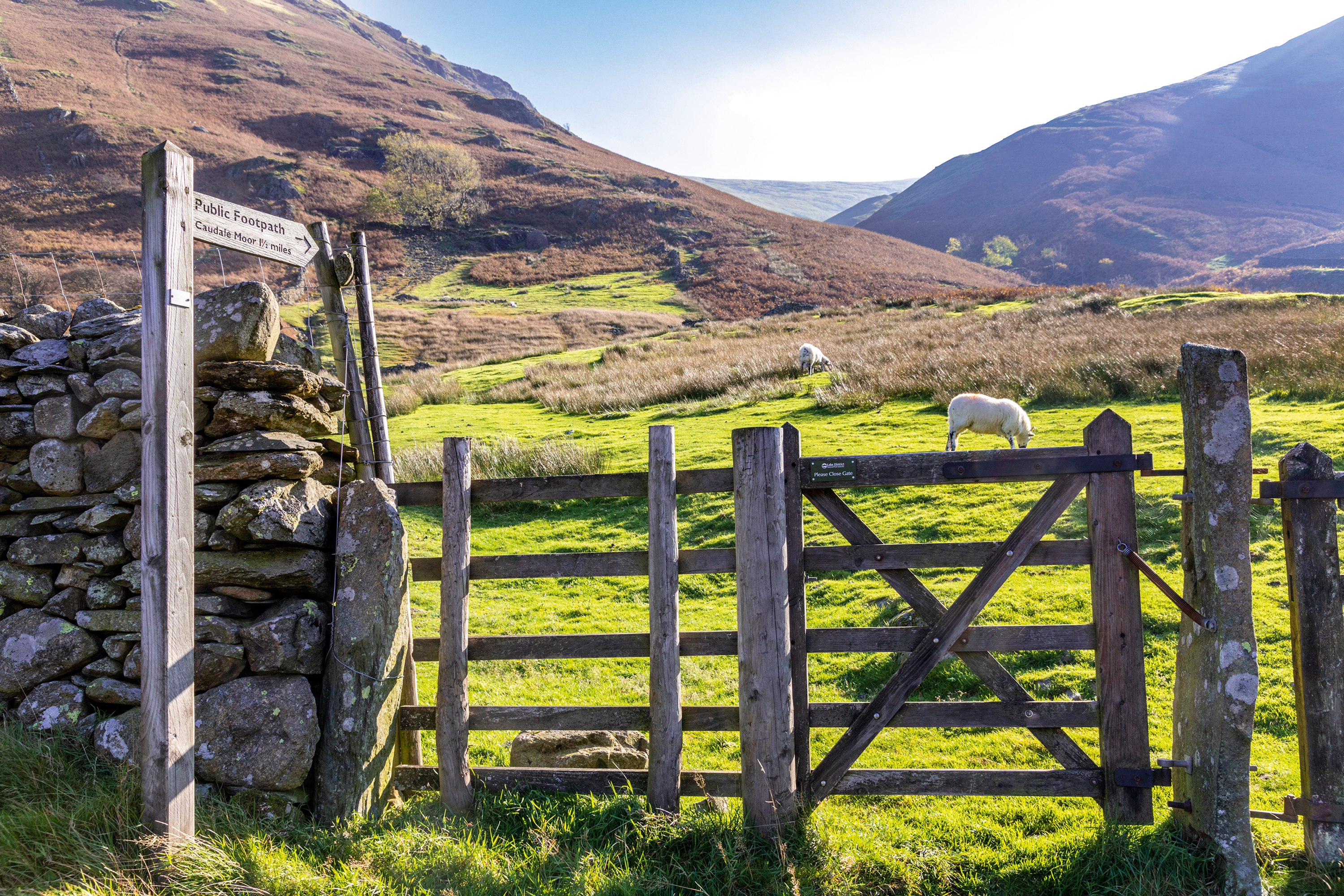Why we're all suckers for the the irresistible allure of a crumbling country house
Our columnist Jonathan Self writes about the crumbling beauty of character houses and the joy of saving them for posterity.


A 200-year-old, just habitable farmhouse on 10 acres with a barn, chapel, orchard and stream in upstate New York for $300,000. A partially restored medieval house with a huge terrace, small olive grove and amazing views, 90 minutes from Florence for €49,000. A Georgian pile, Grade II listed with a magnificent U-shaped stable block and three acres (but more land available) in need of a great deal of work in the Welsh Borders — £700,000. A 22-bedroomed country house with a sizeable estate, private beach and plenty (and I mean plenty) of scope for improvement in Wexford, Ireland, for a little over £2 million.
We may be only halfway through our 10-year Hovel Self Renovation programme (most of the early-17th-century main house done, gate lodge, stables, landscaping and walled garden to go), but I still can’t stop myself from a daily perusal of the period property advertisements. Given the appalling discomfort one has to endure when living on a building site, the stress of dealing with contractors and the perpetual scrabbling around/grovelling for more money, you would think that wild estate agents wouldn’t be able to drag me into another restoration.
The fact is, I am drawn to old house projects like a moth to the flame. Why? There’s an eight-word poem, Image, by T. E. Hulme, who was killed in the First World War aged only 34, that sums my feelings up nicely: ‘Old houses were scaffolding once/and workmen whistling.’
"It is enormously satisfying to nurse a building back from the grave"
Leaving aside the subtle play of sounds (‘old’ and ‘scaffold’, ‘were’ and ‘workmen’), the poem manages to be both a memento mori and yet full of joy — which describes old, dilapidated houses to a T. They are a record of the past. I look at the three stone thresholds in our kitchen, worn away by countless occupants and visitors (mostly human, but, in the house’s darkest days, hooved) over the past 400 years and they seem to me to be objects of ineffable beauty. The same is true of the original panelling layered with flaking paint, the cracked and creaking floorboards and the brown-stained lath-and-plaster partition walls strengthened with horsehair (now visible) from beasts that were probably in the stables when Jonathan Swift dropped by in 1704.
For all their history, however, old houses are also alive. They grumble and whisper, swell and shrink, shift and move. Every summer, a crack appears in our bedroom wall that miraculously vanishes again some time before Christmas. My psychoanalyst (‘Believe me,’ to quote Seneca, ‘that was a happy age before the days of architects, before the days of builders’ when I could still afford such luxuries) suggested once that my obsession was to do with a desire to heal and there could be some truth in this. It is enormously satisfying to nurse a building back from the grave, knowing that, as a result of one’s efforts, it has a long future ahead of it.
Anyway, I comfort myself that I am in good company. Many years ago, I was invited to a dinner — one presumes it was some sort of mix up — by the Cavendishes. The Duke introduced me to his daughters as ‘a chap from Country Life’ and one of them confessed that every week she liked to pore over all the ‘lovely old properties for sale’ at the front of the magazine. It would appear that calling two of the loveliest old properties in these islands — Chatsworth and Lismore Castle — home offers no protection against my own complaint.

Credit: Strutt and Parker
Sign up for the Country Life Newsletter
Exquisite houses, the beauty of Nature, and how to get the most from your life, straight to your inbox.
Best country houses for sale this week
An irresistible West Country cottage and a magnificent Cumbrian country house make our pick of the finest country houses for

Property with potential: Renovation projects for sale, starting from just £125,000
From a period drama-worthy stately home to a delightful cottage to a 17-bedroom mansion for sale at just £400,000, these
After trying various jobs (farmer, hospital orderly, shop assistant, door-to-door salesman, art director, childminder and others beside) Jonathan Self became a writer. His work has appeared in a wide selection of publications including Country Life, Vanity Fair, You Magazine, The Guardian, The Daily Mail and The Daily Telegraph.
-
 Six rural properties with space, charm and endless views, as seen in Country Life
Six rural properties with space, charm and endless views, as seen in Country LifeWe take a look at some of the best houses to come to the market via Country Life in the past week.
By Toby Keel Published
-
 Exploring the countryside is essential for our wellbeing, but Right to Roam is going backwards
Exploring the countryside is essential for our wellbeing, but Right to Roam is going backwardsCampaigners in England often point to Scotland as an example of how brilliantly Right to Roam works, but it's not all it's cracked up to be, says Patrick Galbraith.
By Patrick Galbraith Published
